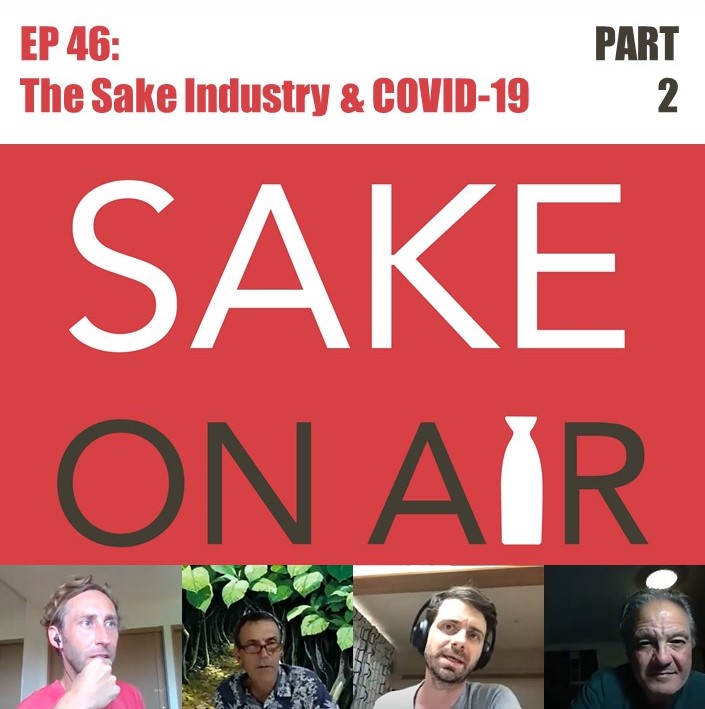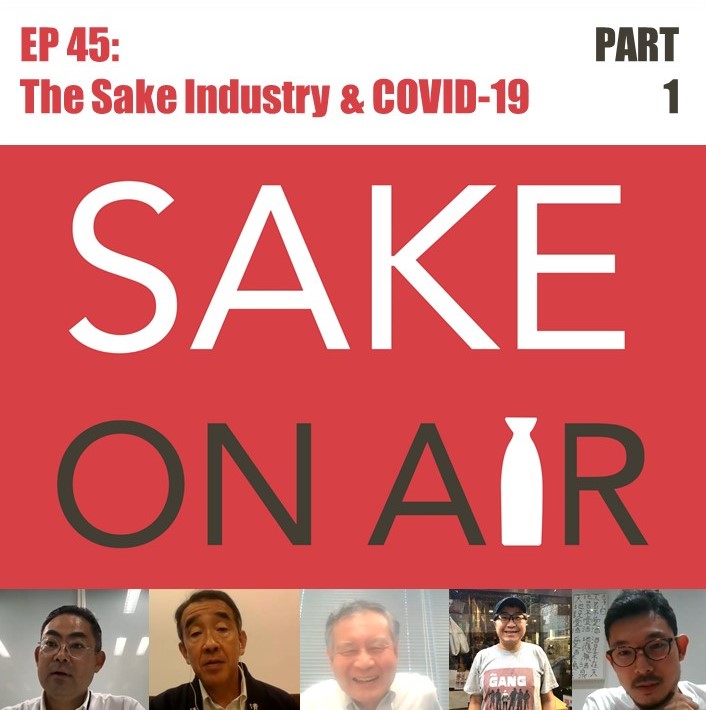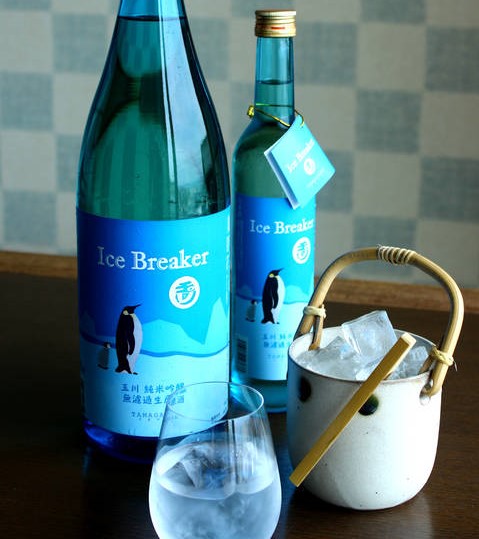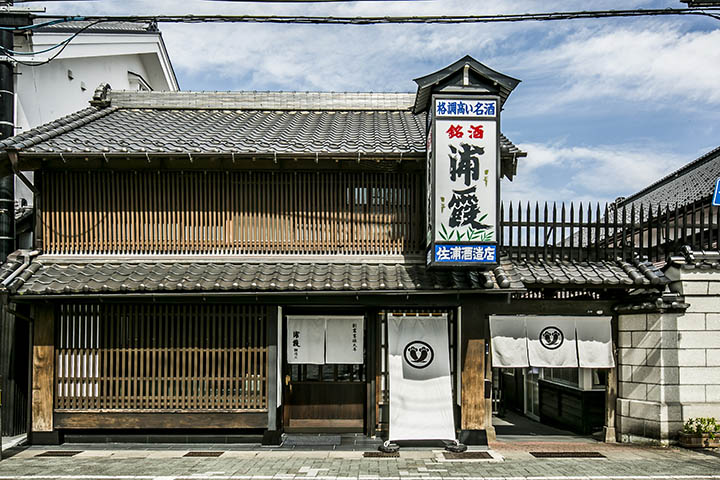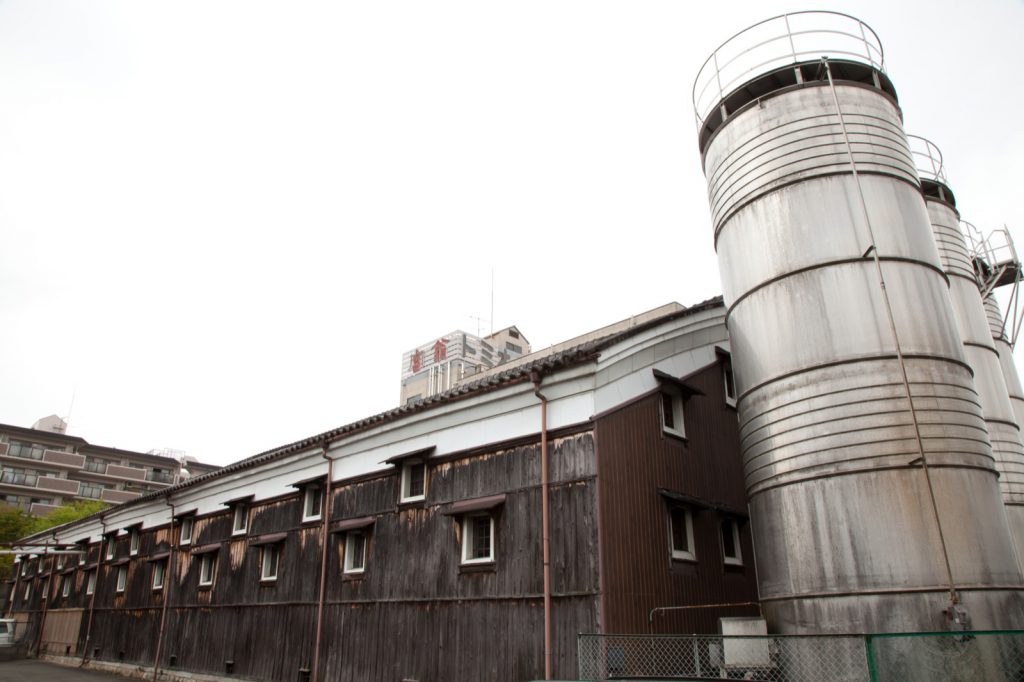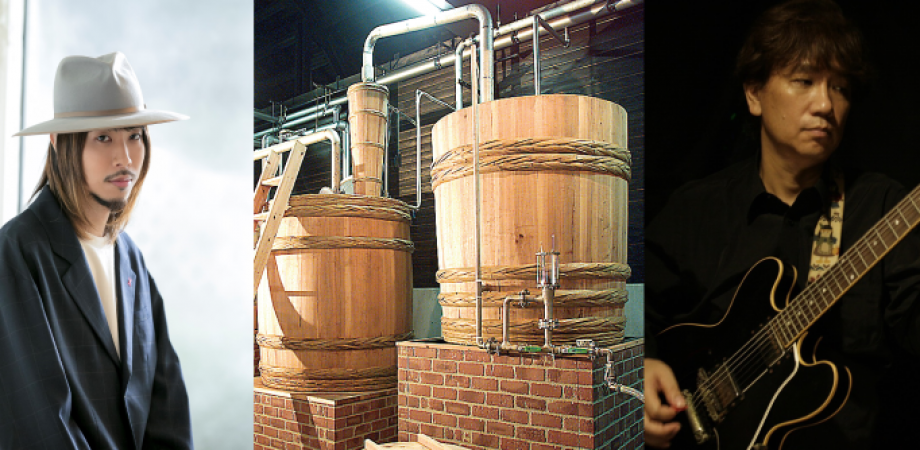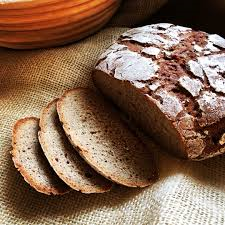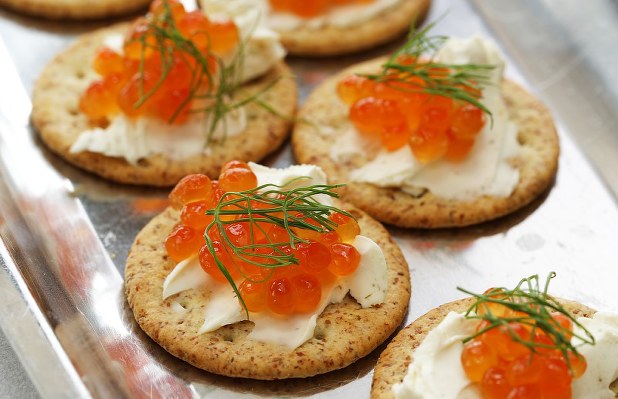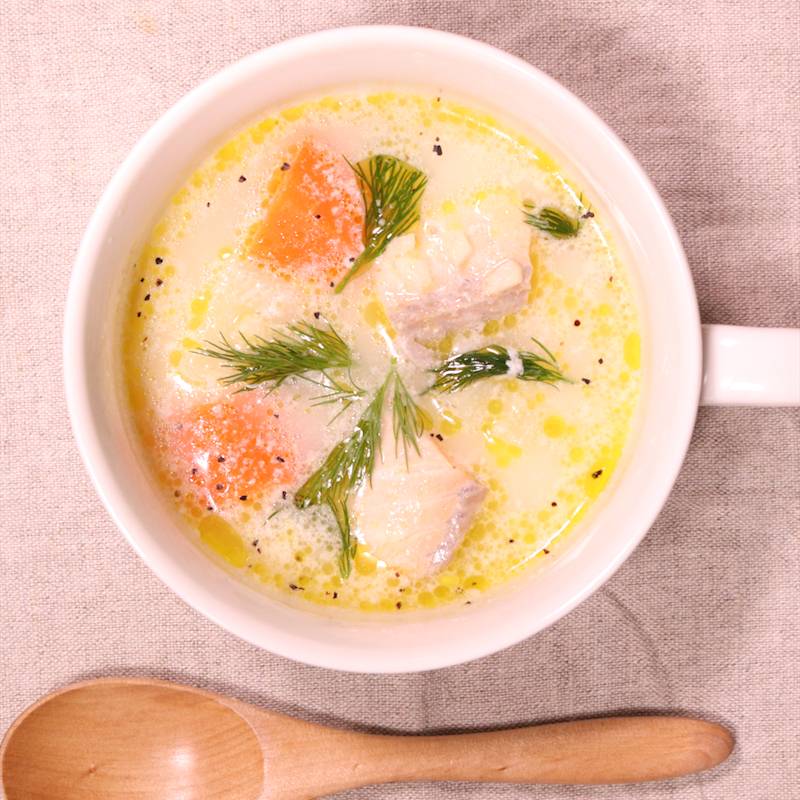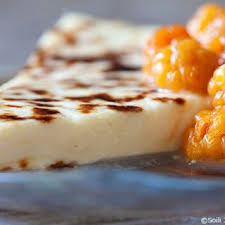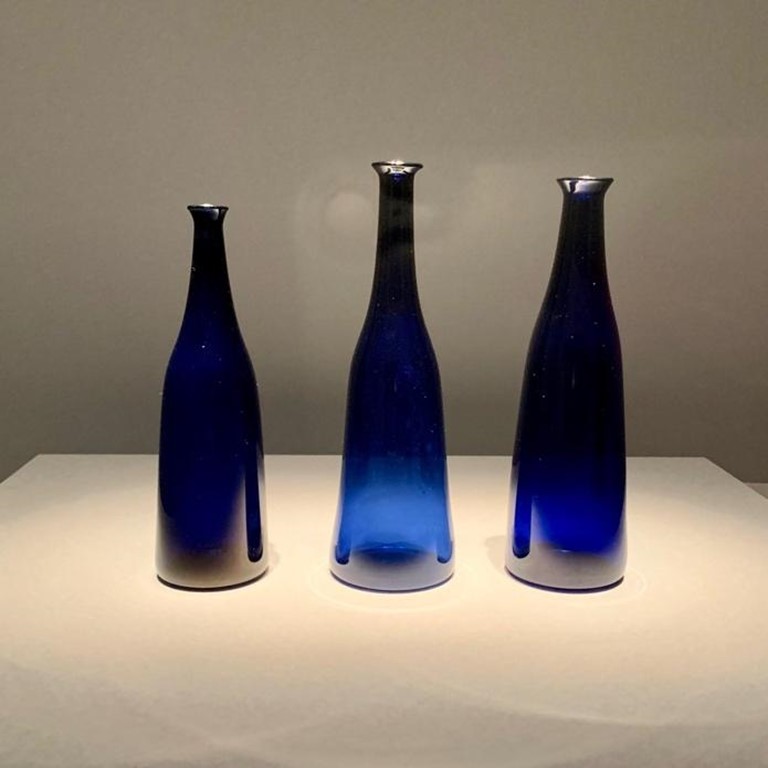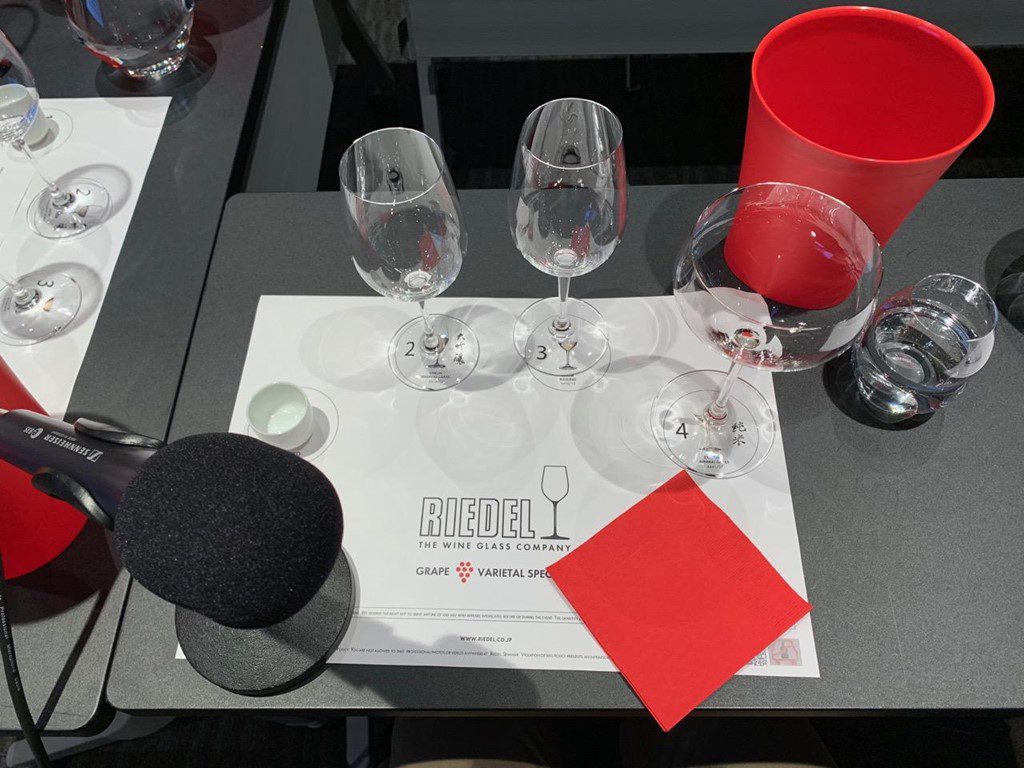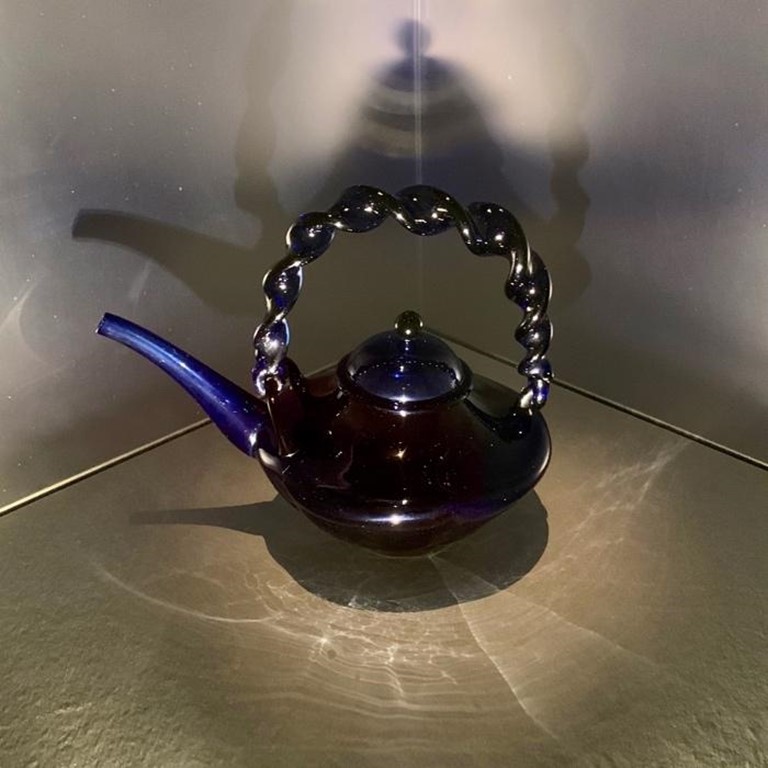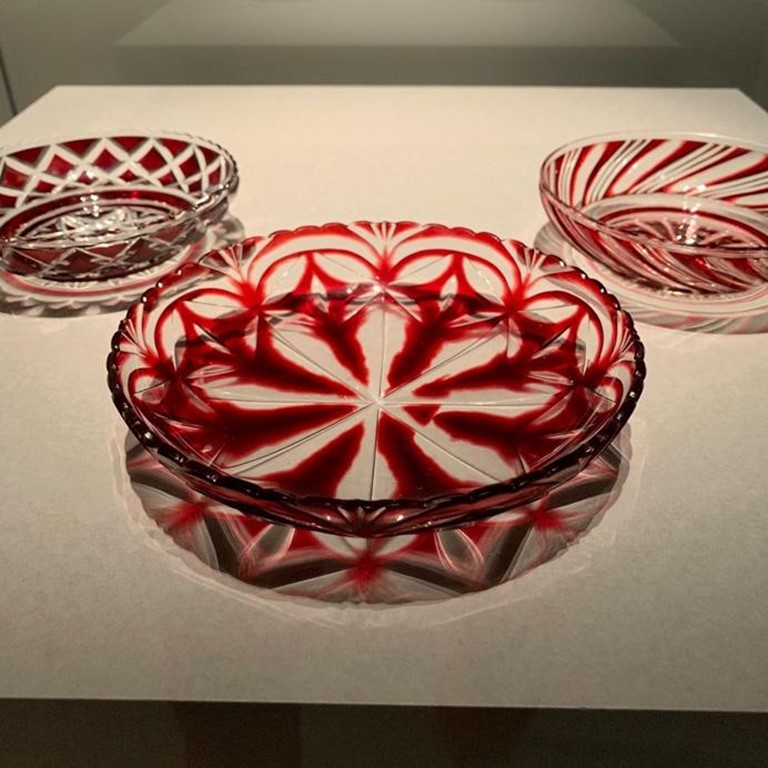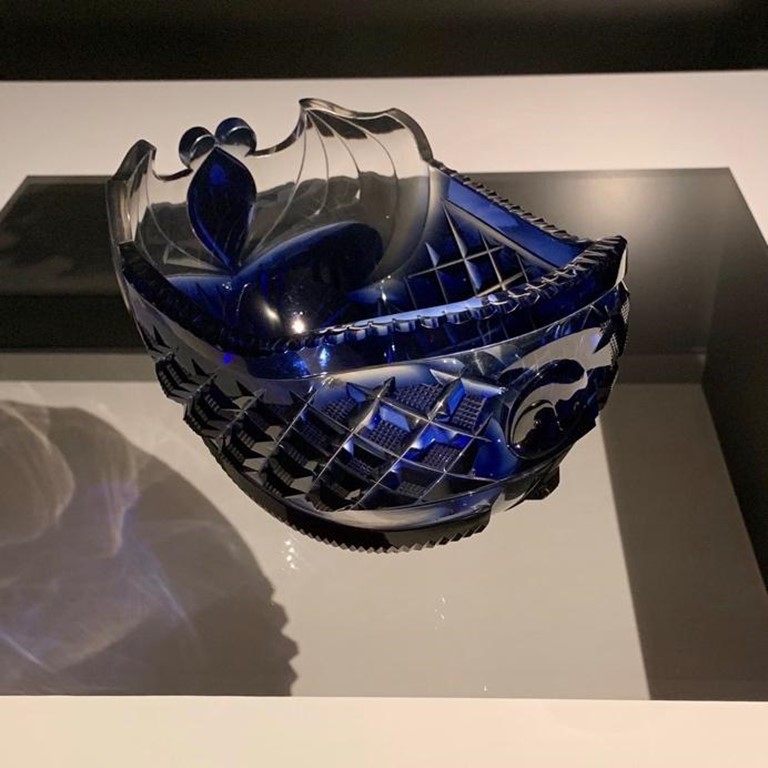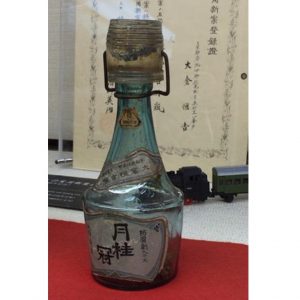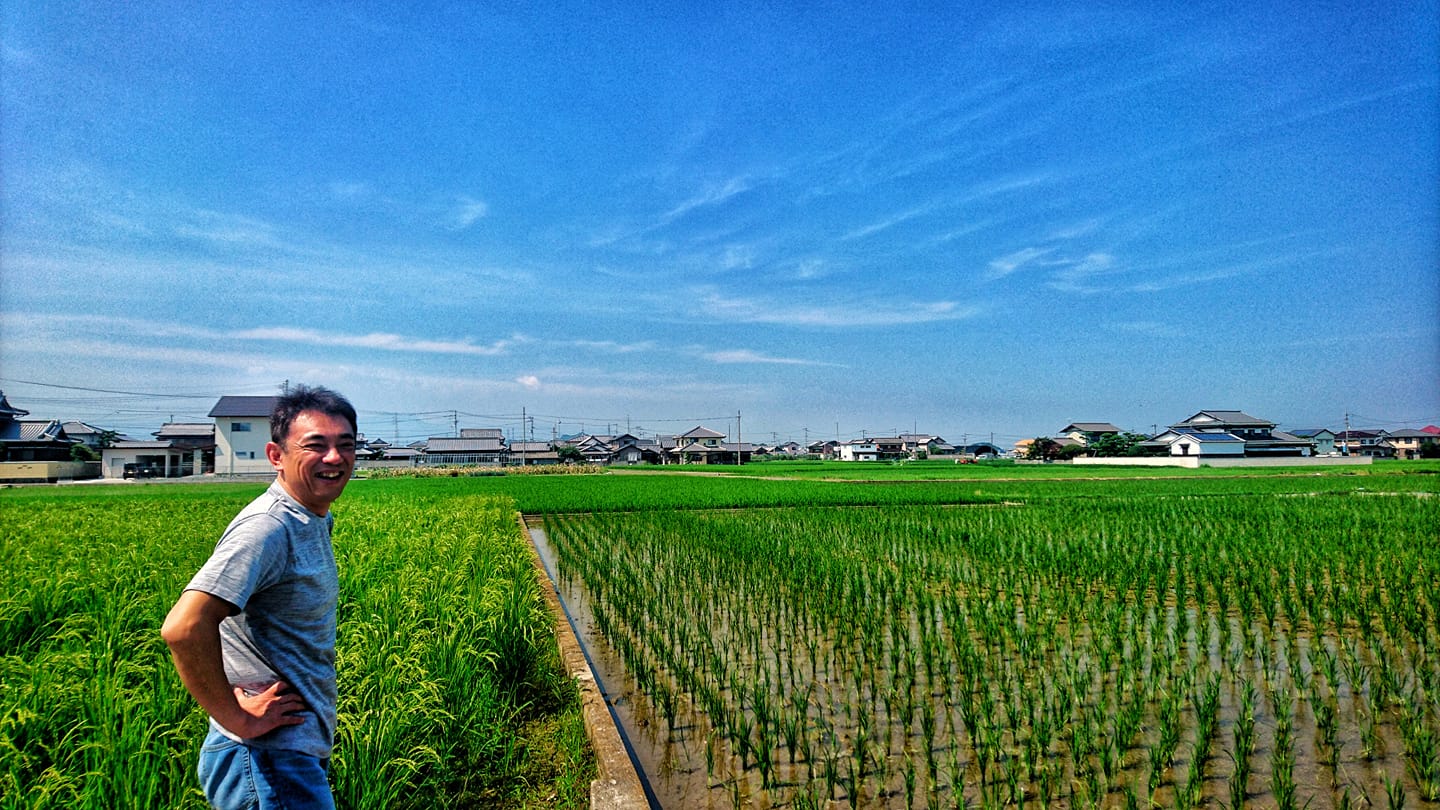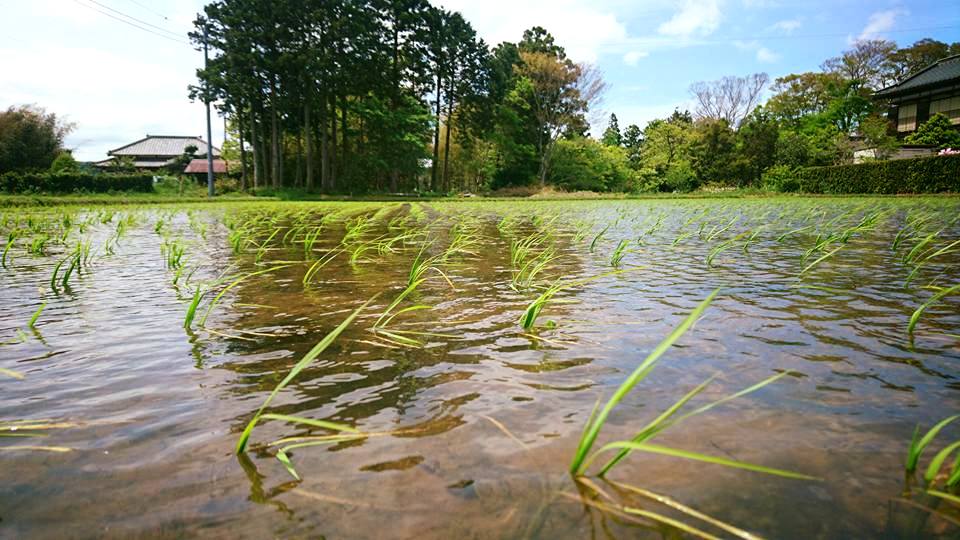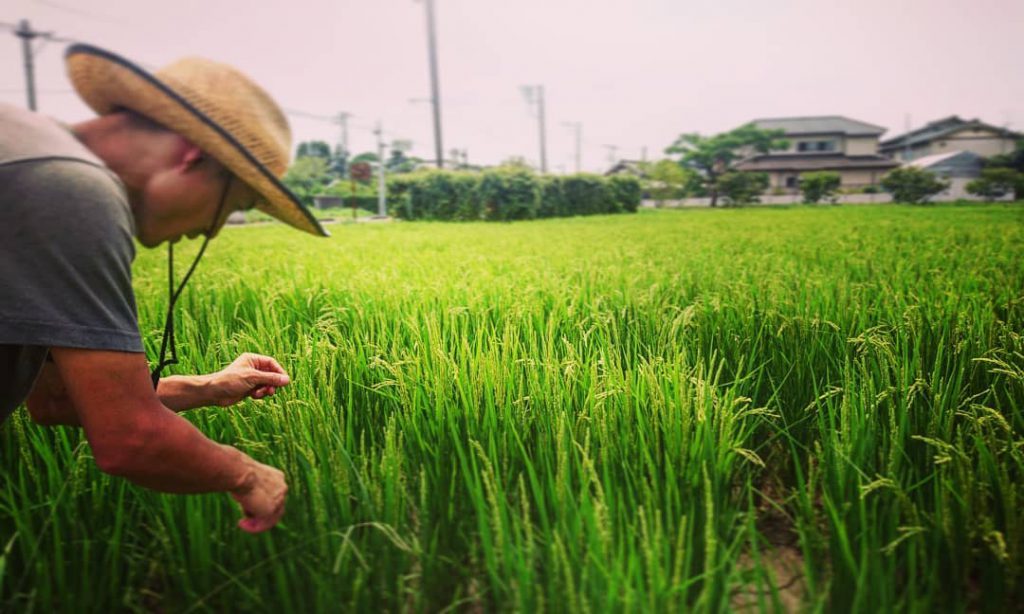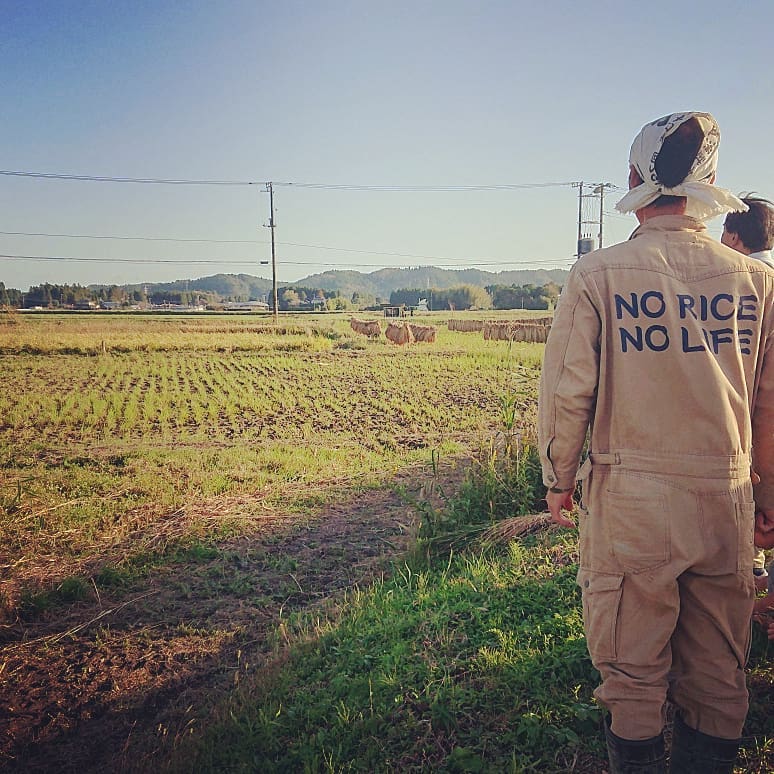Thanks for tuning in to Part 2 of our special focusing on the current impact of COVID-19 on the sake and shochu industries. If you haven’t yet listened to Part 1, where we interview a number of significant individuals with unique perspective on the industry here in Japan, that’s a great place to start. You can find that here.
Slightly different from Part 1, this particular recording is more discussion-based. This time around several of your regular Sake On Air hosts, including John Gauntner, Sebastien Lemoine, Christopher Pellegrini, and Justin Potts, share anecdotal insights from their own experiences over the past several months. While our experience is by no means any be-all-end-all “official” word on where things stand, we hope that it will contribute further perspective, as well as provide some additional food for thought.
In addition to the impact of COVID-19, we also touch upon the serious flooding that has battered the Kyushu region throughout the month of July, only adding insult to injury in already incredibly trying times. This is impacting the livelihoods of the locals, as well as producers across both the shochu and sake industries.
If any listeners are keen to donate and contribute to the relief efforts still very much underway, please contact us at questions@sakeonair.staba.jp and we’ll be happy to provide you with a few potential options. As all of these activities and the information related to them are being conducted in Japanese, it makes it hard for the international community to support. If you’d like to help, let us know how we can help you.
While all of us in Japan are now generally free to roam at this point, this particular conversation took place online, with John joining us from the U.S., where he’s been grounded since the early days of all of this, Christopher and Sebastien joining us from their respective locales in the heart the Tokyo metropolis, and Justin tuning in from his home Chiba countryside.
For this conversation, do feel free to pour yourself a glass or two of sake or shochu (or both) and settle in with us. After the show, we’d love to hear from our listeners about their experiences over the past several months all across the globe, so do feel free to reach out to us on Instagram, Twitter or Facebook at @sakeonair, or mail us at questions@sakeonair.staba.jp.
Thanks so much for joining us across this special two-part series. As this is an ongoing challenge affecting everyone, we’ll very likely revisit this topic again six months or a year from now. While the hurdles to overcome are high any many, we’re all guaranteed to learn a lot through this process together. We look forward to helping keep you informed along the way.
We’ll be back to our regular programming in two weeks.
Until then, Kampai.
Sake On Air is made possible with the generous support of the Japan Sake & Shochu Makers Association and is broadcast from the Japan Sake & Shochu Information Center in Tokyo. The show is a co-production between Export Japan and Potts.K Productions, with audio production by Frank Walter.
Our theme, “Younger Today Than Tomorrow” is composed by forSomethingNew for Sake On Air.
